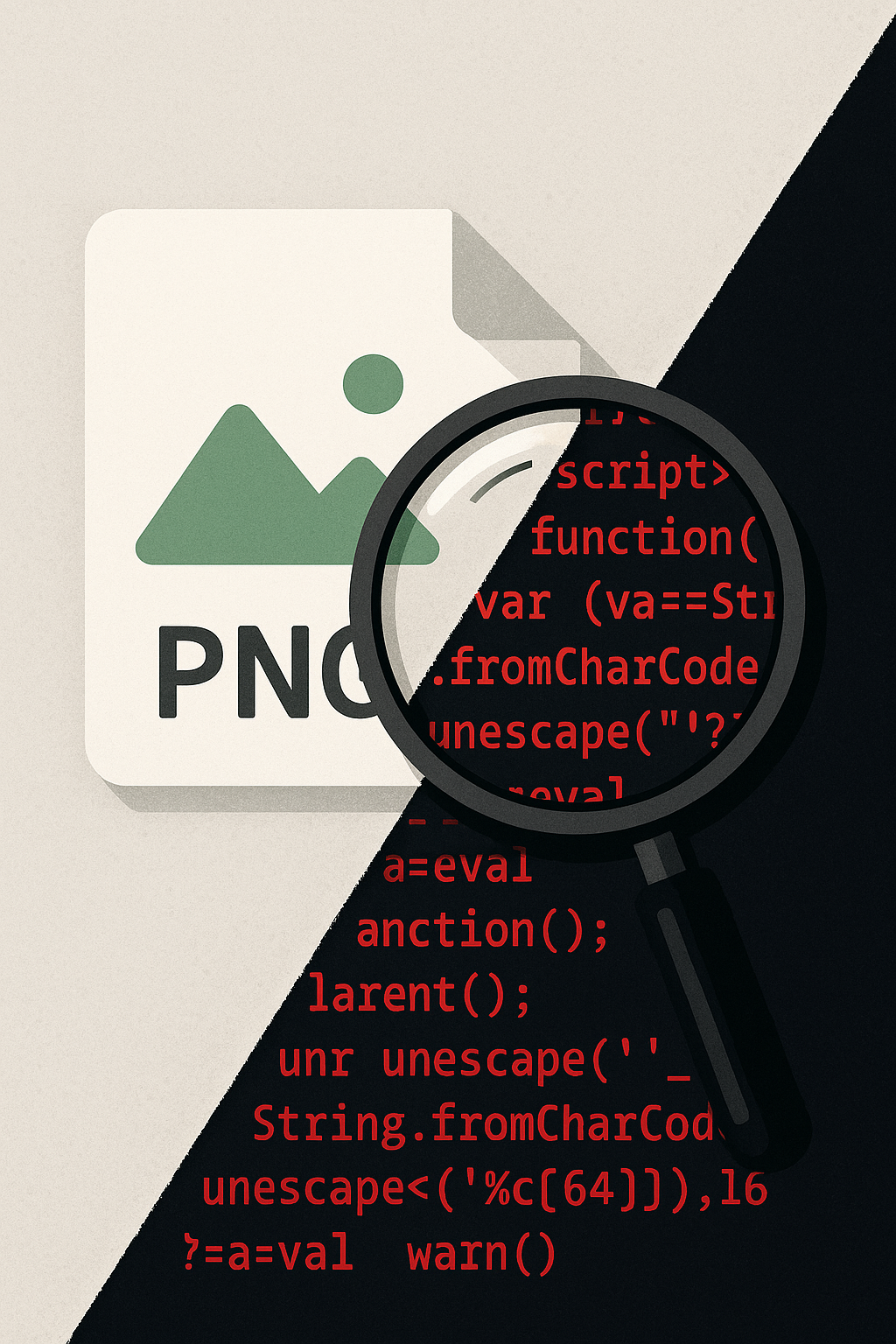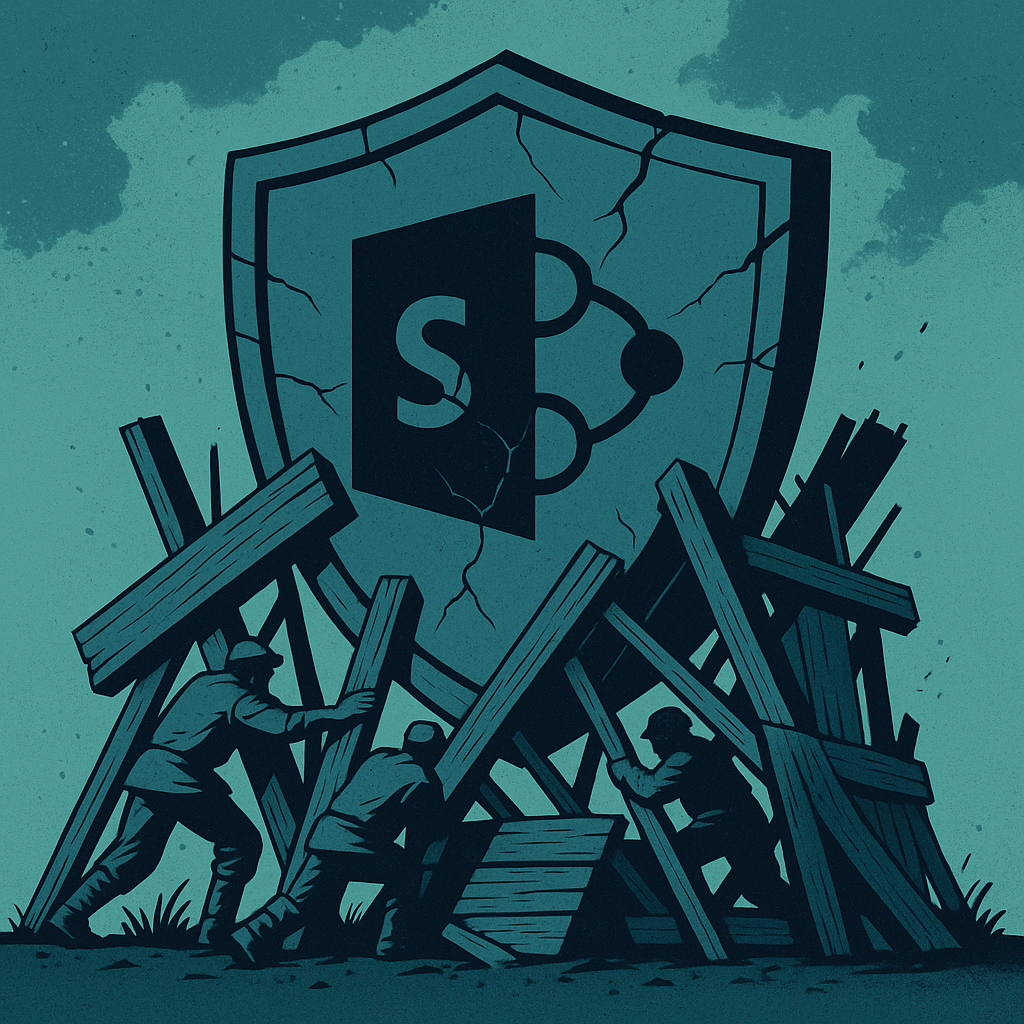By: Karrie WestmorelandHere’s a practical, jargon-free breakdown of the security model that’s changing everything.
There was a time when cybersecurity was all about perimeter defense—build a big wall, watch the gate, and assume everyone inside was safe. It worked… back when your network lived entirely on-site and your biggest threat was someone sneaking into the server room with a USB stick.
But times have changed. Your data is in the cloud. Your team works from anywhere. And attackers don’t storm the gates anymore—they log in with stolen credentials. Enter: Zero Trust Architecture.
Despite the buzz around it, Zero Trust isn’t a single product or magic switch. It’s a strategic framework rooted in one core principle: never trust, always verify.
This means every access request is treated as potentially hostile, whether it comes from the intern in the next cubicle or a senior engineer on a VPN in Prague. Identity, device health, user behavior, and location—all must be verified before access is granted.
Multi-factor authentication (MFA) is a great step, but Zero Trust is about continuous assurance. Think of MFA as the bouncer at the door. Zero Trust is the vigilant security team watching the entire club, making sure guests don’t wander into the vault or start fiddling with the fire alarm.
In a Zero Trust model, trust is not a one-time transaction. It's a persistent state of validation. Just because you got in five minutes ago doesn’t mean you still belong here.
Cybercriminals are sophisticated, and their methods often exploit the weakest link: human trust. Social engineering, credential theft, insider threats—they don’t care where your firewall ends.
Zero Trust neutralizes these tactics by refusing to make assumptions. Every access request is contextual, dynamic, and least-privilege by default. You’re not blocking trust; you’re earning it in real time.
Bonus: Zero Trust aligns well with modern compliance requirements—from the U.S. Executive Order on Improving the Nation’s Cybersecurity to the EU’s Cyber Resilience Act. So yes, it’s also good for business.
You don’t need to overhaul your entire infrastructure overnight. Zero Trust is a journey, not a teardown. Here's where to begin:
-
Inventory Your Assets – You can’t protect what you don’t know you have.
-
Identify Key Users and Access Paths – Map out who needs access to what, and under which conditions.
-
Strengthen Identity and Access Controls – This includes enforcing strong authentication, conditional access, and identity lifecycle management.
-
Segment Your Network – Minimize lateral movement by isolating critical systems.
-
Embrace Continuous Monitoring – Use analytics and behavioral tools to detect anomalies in real time.
Zero Trust isn’t about locking everything down or distrusting your users. It’s about acknowledging the complexity of modern networks and designing security around that reality. It’s about reducing the blast radius when—not if—something goes wrong.
Because in a world without borders, assuming everything inside is safe is no longer a luxury. It’s a liability.
Subscribe To Our Newsletter
Get updates and learn from the best
More To Explore


